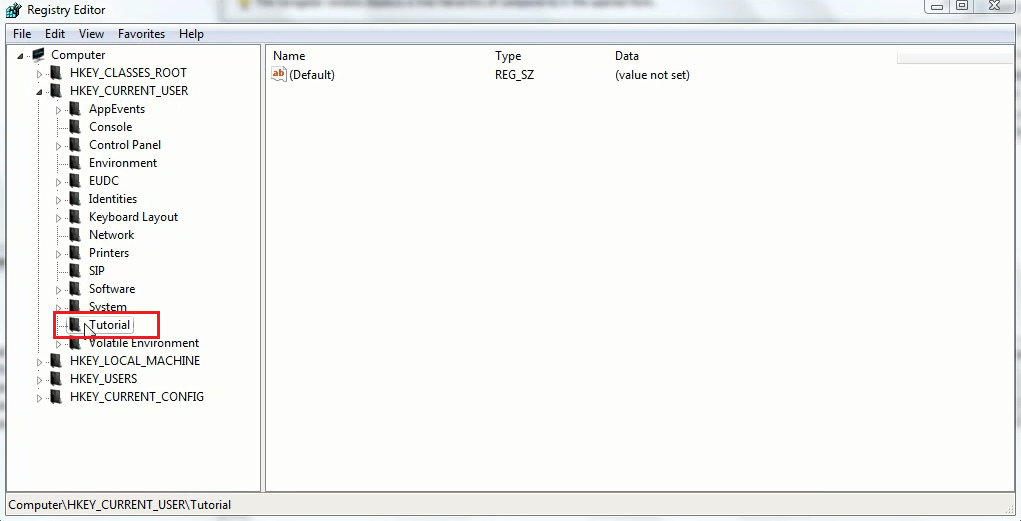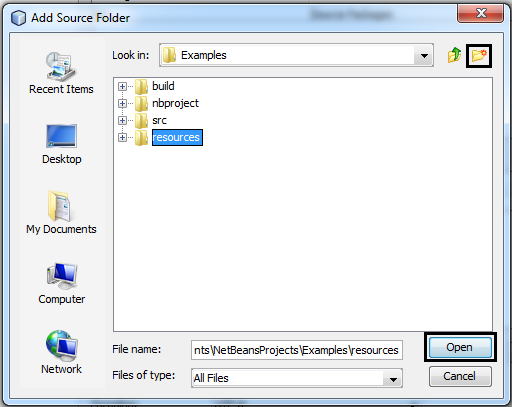
If you leave the Preview All Changes checkbox selected, the Refactoring window appears with a preview of the changes. If you have deselected the Preview All Changes checkbox, the changes are applied immediately. If you want occurrences of the name in comments to also be changed, check the Apply Name on Comments checkbox.

In the Rename dialog box, type the new name for the element. Right-click and choose Refactor | Rename or press Alt-Shift-R.
NETBEANS PROJECT FOLDER CODE
NETBEANS PROJECT FOLDER UPDATE
If you want to rename a class, method, or field, you can use the Refactor | Rename command to update all occurrences of the identifier in the Project to the new name. Renaming All Occurrences of the Currently Selected Class, Method, or Field Name You can navigate to a given occurrence of a class, method, or field name by doubleclicking the occurrences line in the Usages window. The results are displayed in the Usages window (shown in Figure 5-12), which appears at the bottom of the IDE. In the Find Usages dialog box, select the types of occurrences that you want displayed and click Next.Choose Edit | Find Usages, right-click and choose Find Usages, or press Alt-F7.In the Source Editor, move the insertion point to the class, method, or field name that you want to find occurrences of.To find occurrences of a specific identifier in your code: (For methods) the calling of the method.(For fields) the getting or setting of the field's value.(For classes and interfaces) a usage of the type's methods or fields.(For classes and interfaces) a usage of the type, such as at the creation of a new instance, importing a class, extending a class, implementing an interface, casting a type, or throwing an exception.(For classes and interfaces) a declaration of a method or variable of the class or interface.When you are working in the Source Editor, you can quickly find out where a given Java identifier is used in your project using the Find Usages command.įind Usages improves upon a typical Find command by being sensitive to the relevance of text in the Java language context.ĭepending on what kind of identifier you have selected and which options you have selected in the Find Usages dialog box, the Find Usages command output displays lines in your project that contain a combination of the following items: Find files that match search criteria based on characters in the file, characters in the filename, file type, and/or date by right-clicking a folder or project node in the Projects window and choosing Find (or by pressing Ctrl-F)įinding Occurrences of the Currently Selected Class, Method, or Field Name.Find and replace specific character combinations in an open file by pressing Ctrl-F in the file.Rename a class, method, or field throughout your project by using the Rename command.Find occurrences of an identifier for a class, method, or field in your project using the Find Usages command.There are several types of searches in the IDE for different needs. KEEGAN:NETBEANS IDE FIELD GUIDE _p2, 2nd Edition Changing Source Editor Keyboard Shortcuts.Comparing Differences Between Two Files.Tracking Notes to Yourself in Your Code.Extracting a Superclass to Consolidate Common Methods.Creating an Interface from Existing Methods.




 0 kommentar(er)
0 kommentar(er)
